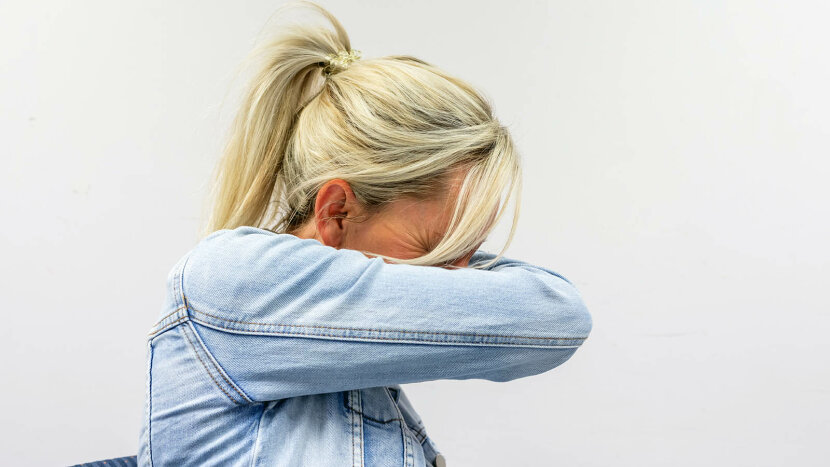How Long Does Norovirus Live On Surfaces. The norovirus can survive up to four weeks on surfaces, said Charles Gerba, a professor of microbiology and immunology at The University of Arizona. Norovirus may be a nasty bug, but now you have some tips for how to prevent norovirus from affecting your family; you will be able to protect them, and you, from coming.

Norovirus on surfaces outside of a human host has an ability to survive for quite long periods of time, making it particularly nasty.
How long it survives depends on the material the surface is made from.
The type of surface, as well as the temperature, makes a difference in lasting power, studies suggest. So what does norovirus have to do with it? How long the coronavirus could survive on surfaces. Norovirus can be spread almost anywhere people are in close contact with one another Most people get it either through direct contact with someone who has it, or from touching a surface that has been contaminated with the virus. What are the risks of handling packages and groceries? Norovirus can survive for months on surfaces not adequately disinfected with bleach solution.
If you live in the same house with someone who has norovirus (or you suspect they do). "We do not fully understand how it's being transmitted, but it's probably just as contagious or more so than some of the other respiratory viruses," said Dr Andrew Some human coronaviruses can live for up to nine days on inanimate surfaces, although their ability to infect sharply decreases over this time. How long do norovirus symptoms last? But how long can the new coronavirus linger on surfaces, anyway? Norovirus is a highly contagious virus that is a common cause of stomach flu. It is believed the virus lasts longer on shiny, hard surfaces such as plastic and steel as opposed to soft. The type of surface, as well as the temperature, makes a difference in lasting power, studies suggest.
How Long Does the Coronavirus Live on Surfaces? We do not endorse non-Cleveland Clinic products or services. Norovirus can be spread almost anywhere people are in close contact with one another Most people get it either through direct contact with someone who has it, or from touching a surface that has been contaminated with the virus.






